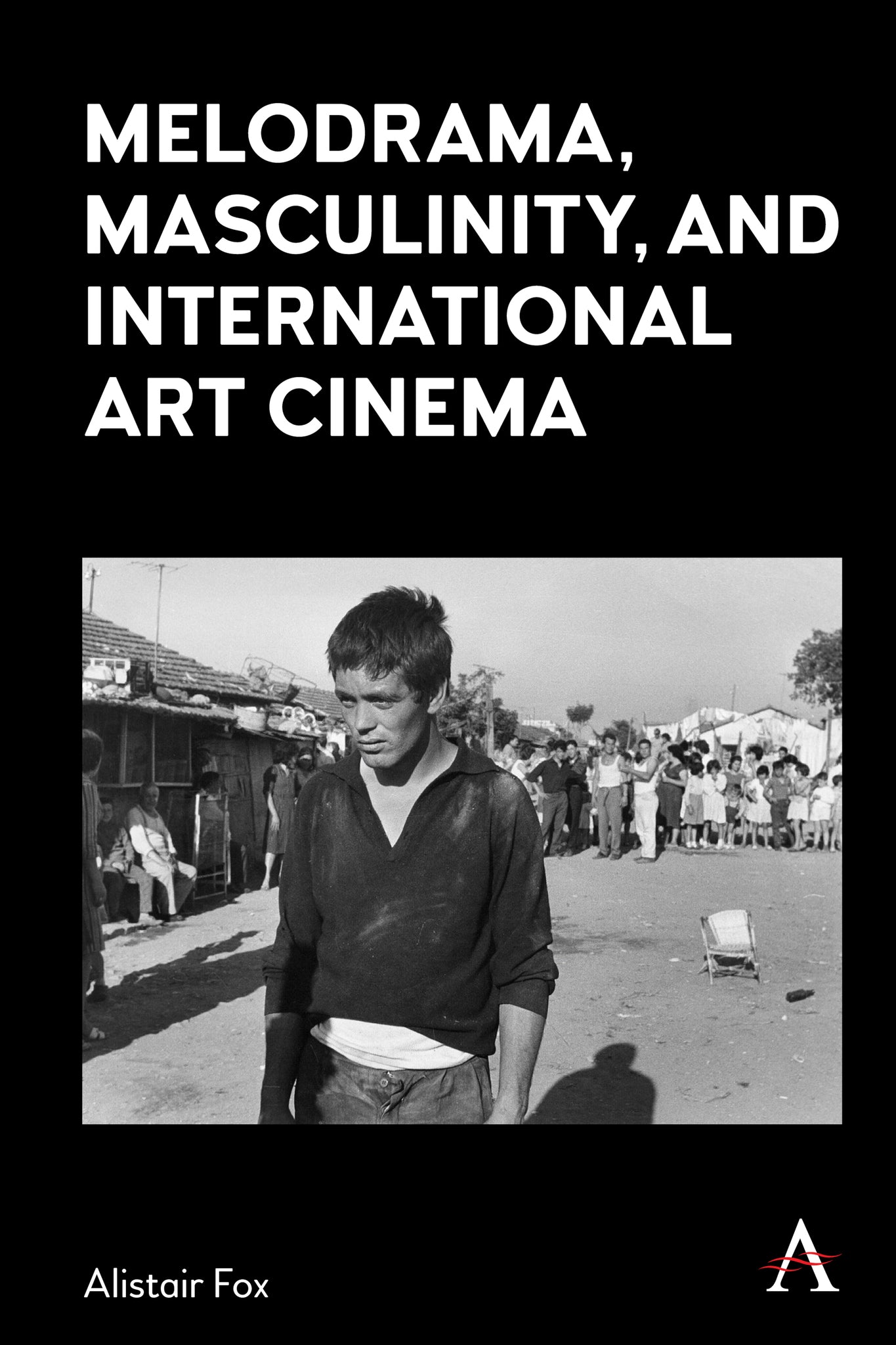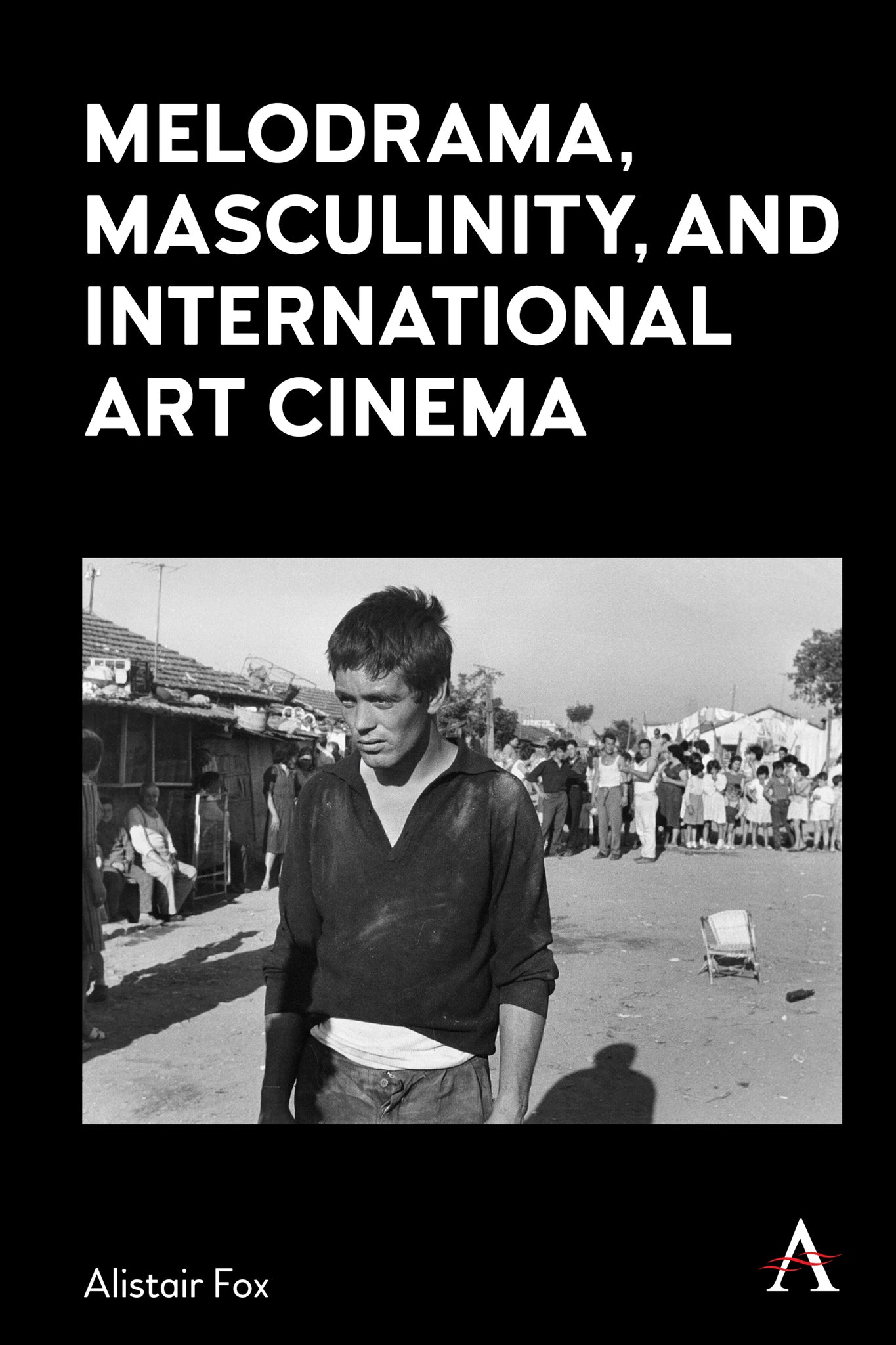We're sorry. An error has occurred
Please cancel or retry.
Melodrama, Masculinity and International Art Cinema

Some error occured while loading the Quick View. Please close the Quick View and try reloading the page.
Couldn't load pickup availability
- Format:
-
04 October 2022

This book presents a series of essays that reassess the role of melodrama in a number of touchstone films in the art-cinema tradition that explore the subjective experience of a central male protagonist, announcing the emergence of a genre that has progressively proliferated in contemporary cinema. Case studies by such notable auteurs as Vittorio De Sica, Satyajit Ray, Vincente Minnelli, Pier Paolo Pasolini, Ingmar Bergman, François Truffaut, Jacques Demy, Rainer Werner Fassbinder, and Luca Guadagnino demonstrate how the art-house male melodrama offers a vision of masculinity that is sexually fluid, fragmented, unstable, and often incapacitated to the point of paralysis, rather than the heroic stereotypes commonly found in popular genre cinema.

ART / Film & Video, Film history, theory or criticism, PSYCHOLOGY / Developmental / General, PSYCHOLOGY / Human Sexuality ( see also SOCIAL SCIENCE / Human Sexuality), Individual film directors, film-makers, Performing arts genres: film, television, radio, and theatre

“Exploring the rich field of modern auteur cinema, Alistair Fox offers an incisive and unique study of ‘masculine interiority’ within movie melodrama, shedding new light on some of the most canonical films of the last eighty years" — Timothy Corrigan, Professor Emeritus of English, Cinema Studies, and History of Art, Fisher-Bennett Hall University of Pennsylvania.
List of Figures; Preface; Acknowledgments; Introduction; 1. Italian Neorealism and the Emergence of the Male Melodrama: Vittorio De Sica’sBicycle Thieves (1948) and Umberto D. (1952); 2. The Migration of Male Melodrama into Non-Western Cultures: Satyajit Ray’s The Apu Trilogy (1955–59) and “Fourth Cinema” ; 3. Hollywood Melodrama as a Vehicle for Self-Projection: Vincente Minnelli’s Tea and Sympathy (1956) and Home from the Hill (1960); 4. The Political Turns Personal: Neo-Neorealism and Pier Paolo Pasolini’s Accattone(1961); 5. Personal Cinema as Psychodrama: Ingmar Bergman’s Wild Strawberries (1957), Winter Light (1963) and Hour of the Wolf (1968); 6. François Truffaut and the Tyranny of Romantic Obsession: The Soft Skin (1964), Mississippi Mermaid (1969) and The Woman Next Door (1981); 7. Figuring an Authorial Fantasmatic: Jacques Demy’s The Umbrellas of Cherbourg (1964), A Room In Town (1982) and Parking (1985); 8. Rainer Werner Fassbinder and the Emergence of Queer Cinema: The Merchant of Four Seasons (1972), Fox and His Friends (1975) and In a Year with 13 Moons (1978); 9. Visual Aestheticism and the Queer Prestige Melodrama: Call Me by Your Name (2017) and Luca Guadagnino’s Desire Trilogy; Conclusion; List of Films Cited; Select Bibliography; Index



